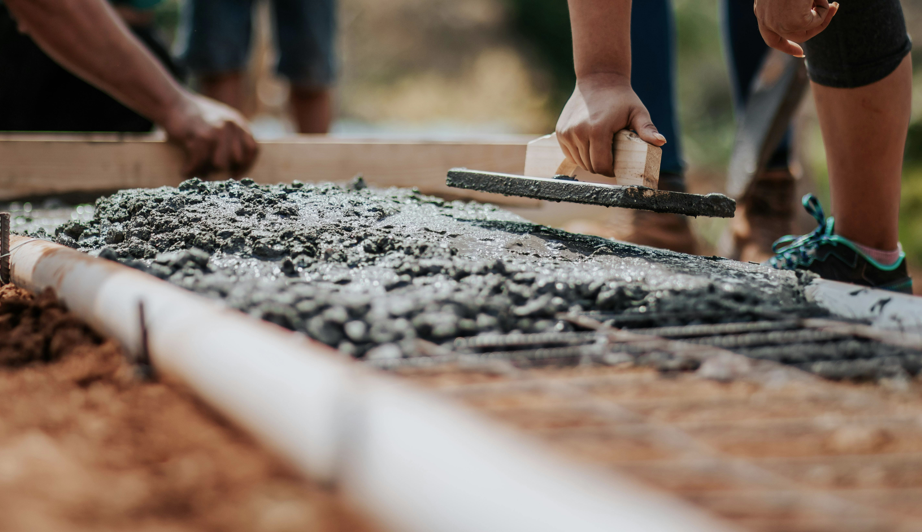Why Structural Design Matters
- Team Rei-Struct
- Aug 29
- 2 min read
When it comes to building a house, many people still rely on local masons without consulting structural engineers or architects. While experienced masons are skilled in their craft, depending solely on them can lead to serious long-term problems- both structurally and financially. A well-designed structure isn't just about looks; it's about safety, durability, and efficiency. That’s where professional structural design comes in.
1. A Strong Foundation Starts with a Strong Design
Every home stands on a foundation, and every foundation must be designed based on soil conditions, load-bearing requirements, and seismic activity. Masons typically follow general practices without detailed analysis, whereas structural engineers study the terrain and choose materials and depths that suit your exact location. Without this analysis, even the best-built home can crack or collapse over time.
2. Safety First -Always
Structural design ensures that your home can withstand external forces -like wind, rain, earthquakes, or even future modifications like adding another floor. A mason may build what “looks” strong, but engineers calculate load paths, reinforcements, and safety margins. It's not just about building a house- it's about building one that keeps your family safe.
3. Cost-Efficiency Over Time
Skipping structural design might seem like a money-saving shortcut at first, but it often leads to expensive repairs, inefficient layouts, and wasted materials. A professional design optimizes resources: using the right amount of steel, concrete, and space, avoiding overbuilding or underbuilding. This saves money during construction and on long-term maintenance.
4. Planning for the Future
Want to add a floor in five years? Or open up your living room space later on? A structural designer plans for potential future modifications, ensuring your home is flexible and adaptable.
5. Compliance with Building Codes and Approvals
Structural engineers ensure your design meets all local building codes and regulations-crucial for legal approvals, insurance, and resale value. A house built without a design may face issues getting permits or worse, may be flagged as unsafe or unauthorized.
6. Avoiding Common Construction Mistakes
Without a proper design, many homes face problems like:
Uneven settling or cracks in walls
Roof leakage due to improper slope
Poor ventilation or natural lighting
Weak columns or undersized beams
Improper drainage and plumbing layouts
These issues are preventable with a good structural and architectural plan.
Build Smart, Not Just Strong
Think of a mason as a skilled chef and the structural designer as the one who creates the recipe. Both roles are vital, but the recipe ensures everything comes together perfectly.
Before you lay the first brick, invest in a solid structural design. It's not just a house you're building; it's your future home. Make sure it stands strong, safe, and smart.




Comments